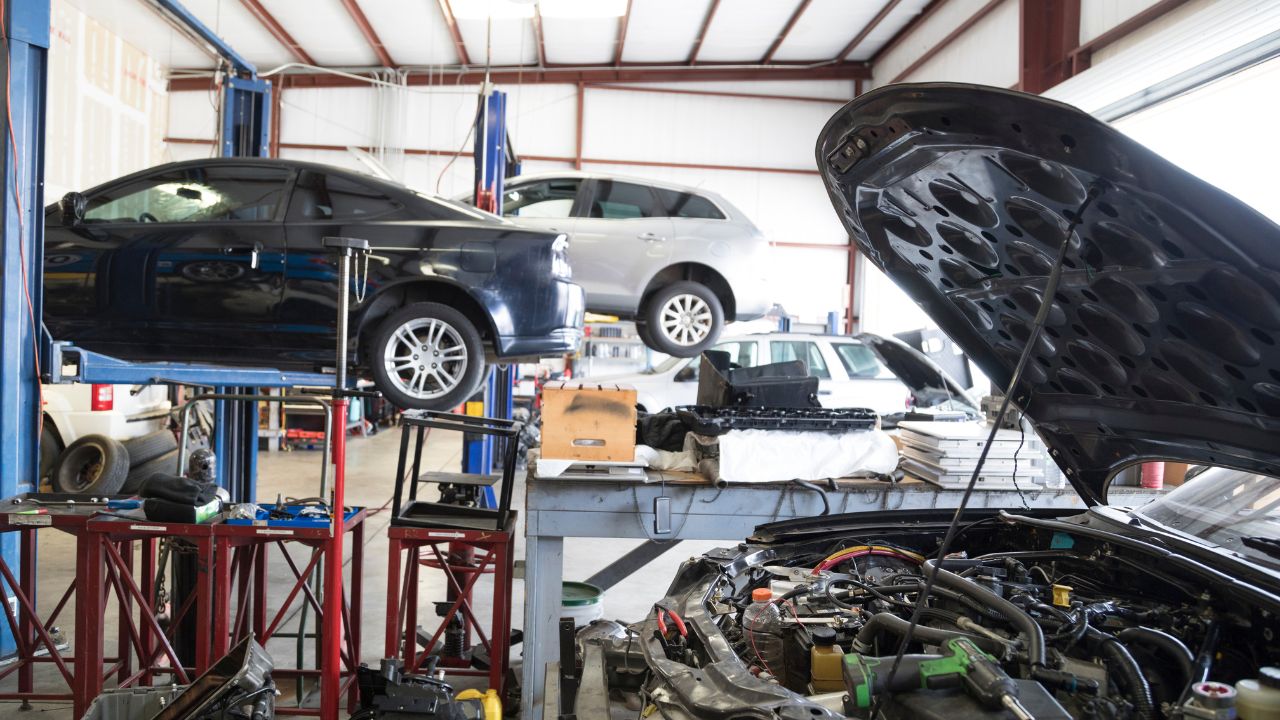Technician turnover is costly and disruptive—especially in the automotive and diesel industries where skilled labor is in high demand. The cost of replacing an employee is estimated to be one-half to two times the worker’s annual compensation… That’s a lot of cash.
In this article, we will dive into the costs associated with technician turnover and what owners and managers can do to prevent turnover in their own shops.
What are the Costs of Technician Turnover?
Uncovering the true costs of technician turnover isn’t as straightforward as it seems. There are several different factors across the business that feed into technician turnover costs. Here are some things to consider:
- Recruiting costs: The most obvious costs associated with technician turnover are those related to finding a new technician replacement. The average cost of hiring a new full-time employee is around $5,000. This number includes expenses such as advertising, job boards, conducting interviews, and background checks. Additional expenses such as sign-on bonuses and relocation packages are NOT included in that number.
- Overtime: When you have a reduced workforce, other technicians often need to pick up the loss. This can lead to having to pay your employees for overtime for their extra work.
- Training costs: It takes time and money to train new employees. Whether it’s the shop manager, shop foreman, or a technician mentor—someone (or several people) need to take time away from their normal job duties to teach the new technician about the shop’s processes and procedures.
- Lost productivity: Not only do shops lose productivity when they lose a team member, but it also takes time for new hires to ramp up to full productivity. It is estimated that it takes 8-12 weeks to replace a knowledgeable worker, and then another 1-2 months before the replacement gets to full productivity. This means if a technician was bringing in $100,000 in revenue, the shop would experience $25,000 less in income and profits for the next three months.
- Other costs: Additionally, there are other costs associated with technician turnover that can be harder to measure, such as declined employee morale, loss of knowledge, weakened employer brand, etc.
How to Prevent Technician Turnover (Based on NEW Data)
The best way to avoid the costs associated with technician turnover is to focus on technician retention and keeping your current technicians happy.
To look at the satisfaction levels of technicians, we’re going to give you a sneak peek look at some of the data from our recent Voice of Technician Survey. The full 2025 Voice of Technician Report will be coming out in December which dives deeper into the data, compares results to last year, and also looks at the differences between automotive and diesel technicians. Register for our upcoming webinar to get a first look at the data!
In order to gauge the satisfaction level of technicians, we asked them to rate the level to which they agree or disagree with several statements about their current employer. (Please note: We did not ask for a place of employment in the survey as the purpose of this question was not to judge the individual employers, but rather to get a feel for current satisfaction levels in general.)
Technician Satisfaction with Current Employer
Below is a breakdown of the statements listed in order of agreement based on the percentage of technicians who rated it a 5 (strongly agree) or 4 (slightly agree).
| The shop provides fair compensation. | 58% |
| The shop provides the equipment I need to get my job done. | 58% |
| The shop provides good benefits. | 53% |
| The shop provides adequate paid training. | 51% |
| I would recommend this shop to a friend. | 50% |
| I feel valued and respected by management. | 49% |
| Shop management communicates well. | 34% |
| The shop has a well laid out career path that I can follow. | 30% |
| The shop does a good job of teaching new techs and compensating mentors. | 28% |
| The shop helps out local schools. | 26% |
As you can see, there’s a lot of room for improvement in several areas, such as:
- Technician compensation and benefits
- Training and development
- Work environment
- Shop culture and communication
Leveraging Employee Feedback to Identify & Prioritize Shop Challenges
Industry data is a great starting point in identifying possible problem areas in the shop. However, for shop owners and managers to really understand what is relevant to their own service center, they need to ask their current employees.
Conducting an anonymous employee survey is a great way to identify the areas that need the most attention. Employees are often the best source of information about day-to-day operations. Since the survey is anonymous, it encourages honest feedback without fear of retaliation, helping to surface issues that might otherwise go unnoticed.
Once the survey data is collected, it’s crucial to analyze the results thoroughly and follow up with actionable steps. Sharing the findings with the team—along with a plan for addressing key concerns—can help build trust, improve communication, and foster a sense of ownership among employees. This feedback loop not only drives improvements but also strengthens the overall culture of the shop, as employees see their input leading to tangible changes.
Investing in Technician Retention Pays Off
The costs associated with technician turnover are no joke. It is 100% worth the time and effort for shop managers to understand what these costs look like in their shop and develop a solid retention plan in order to reduce turnover. Looking at industry data like what was gathered in the 2024 Voice of Technician survey is a great starting point, but the real value is in surveying your own technicians to get a pulse on what’s happening inside your own shop. This will help narrow your focus areas and make improvements to your shop that will help build a stronger, more loyal workforce.






